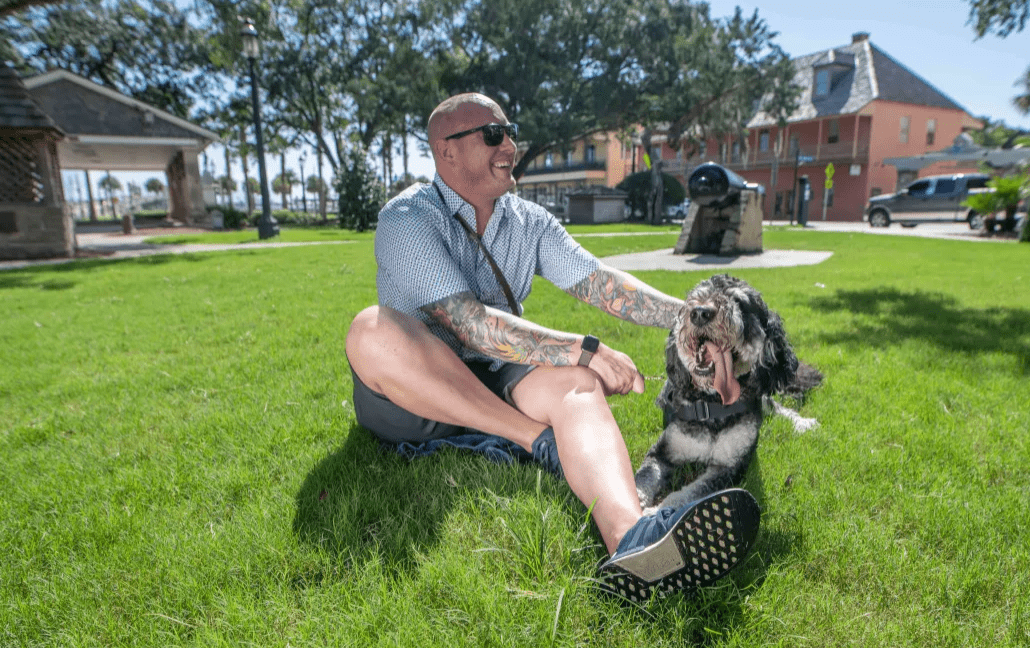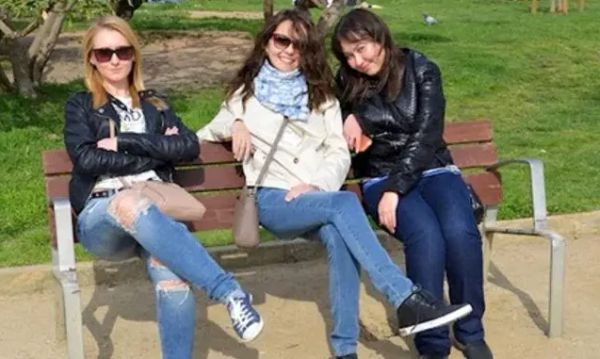John Tappen was motivated by his mother to enlist in the military, but after going to war, he returned home as a person he no longer recognized.
If you or someone you know is in a state of crisis, please seek help immediately. The Suicide and Crisis Lifeline can be reached at 988, and additional resources are available at SpeakingOfSuicide.com/resources.
For veterans in crisis or those who know a veteran in crisis, the Veterans Crisis Line can be contacted at 1-800-273-8255, with the option to press 1, chat online at VeteransCrisisLine.net/Chat, or text 838255.
The events of 9/11 motivated John Tappen to join the U.S. Navy as a means of protecting and serving his country. However, his deployment to the Middle East in 2009 left him unrecognizable upon his return home. It’s important to seek help when experiencing difficult times, especially for those who have served our country.

Before joining the service, John Tappen was a happy young man, according to his mother. However, upon his return home, he had changed drastically, and Susan struggled to recognize her son. Tappen himself felt a sense of confusion, as he was unable to identify his emotions and experienced them in unfamiliar ways. The Navy veteran describes the experience as “bizarre and alarming.” Despite numerous attempts to help him, including therapy, medication, and support from friends, nothing seemed to work, and Tappen remained deeply unhappy, often breaking down in tears.
The speaker had a belief that they were not deserving of a service dog because they did not feel broken enough.
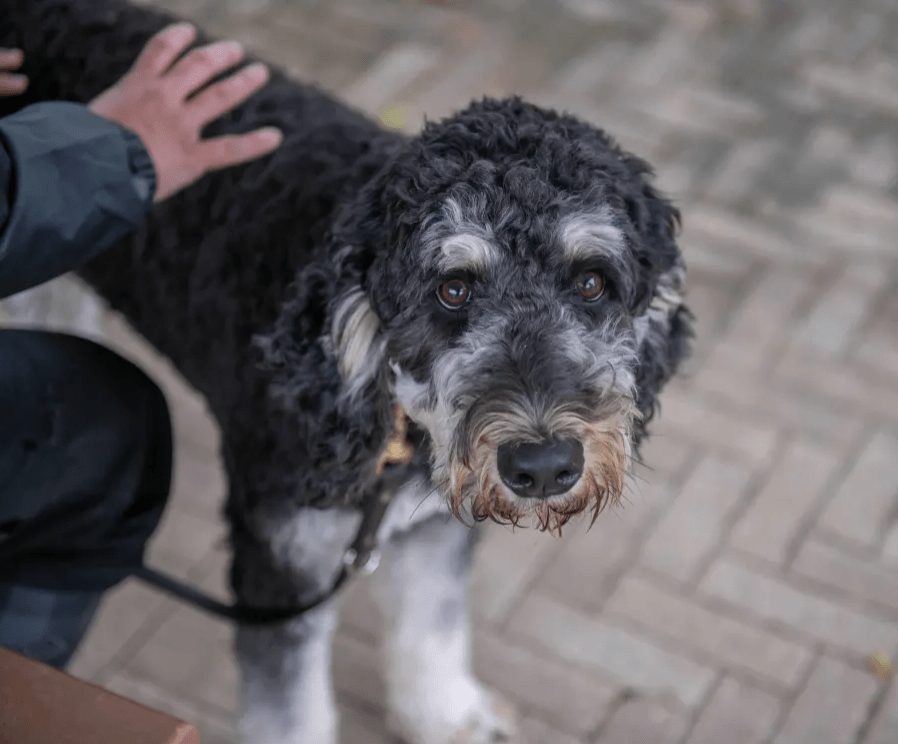
John Tappen gets emotional while speaking to TODAY.com and reveals that he had contemplated suicide, considering it as a better option than continuing to live. Despite following all the prescribed treatments, taking up to 20 medications daily, and seeing no improvement, Tappen felt there was no way out of his struggles. He says, “When you’re doing that and you’re not seeing any progress, if anything you’re seeing regression, it’s horrible.”
Tappen’s turning point came when he and his mother attended an event in Jacksonville, Florida, for warriors where they met K9s For Warriors. It’s an organization that trains shelter dogs to become service dogs. At the time, Tappen was struggling with his mental health, and his wounds were not visible.
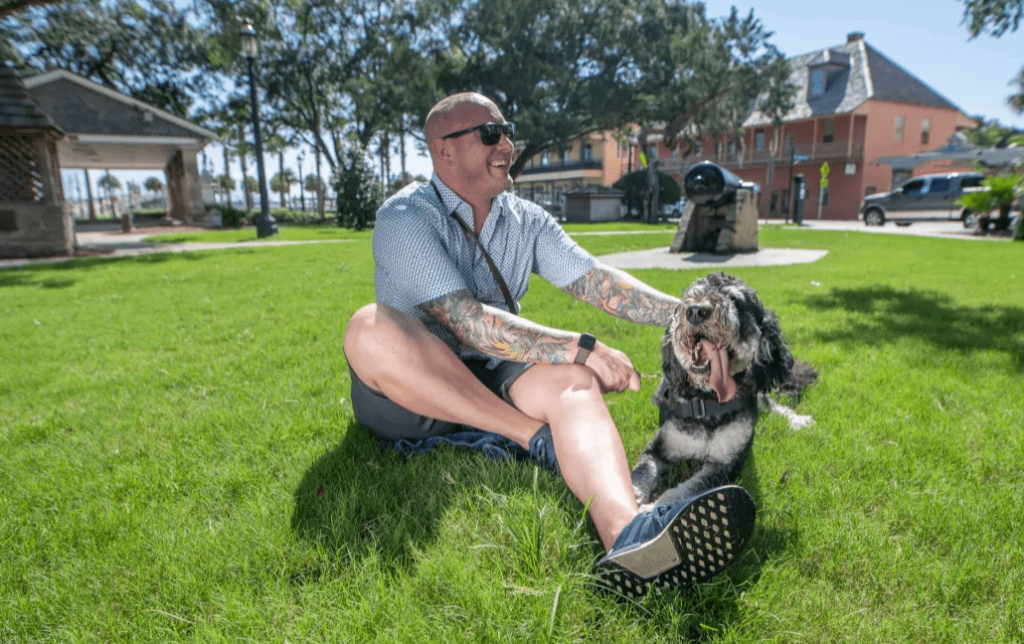
At first, Tappen did not believe he deserved a service dog, thinking that he was not broken enough to require one. He felt that his wounds were not visible, unlike others who had lost limbs or had other visible physical barriers. Even his parents shared the same thoughts.
Susan Tappen confesses that they may have contributed to John’s initial hesitation in applying for a service dog. She and her husband, Rob, thought that service dogs were only for those with visible physical disabilities.
Eventually, with the encouragement of his family, Tappen applied for a service dog from K9s For Warriors. Though he was initially hesitant, he knew that applying for a service dog would mean confronting his problems.
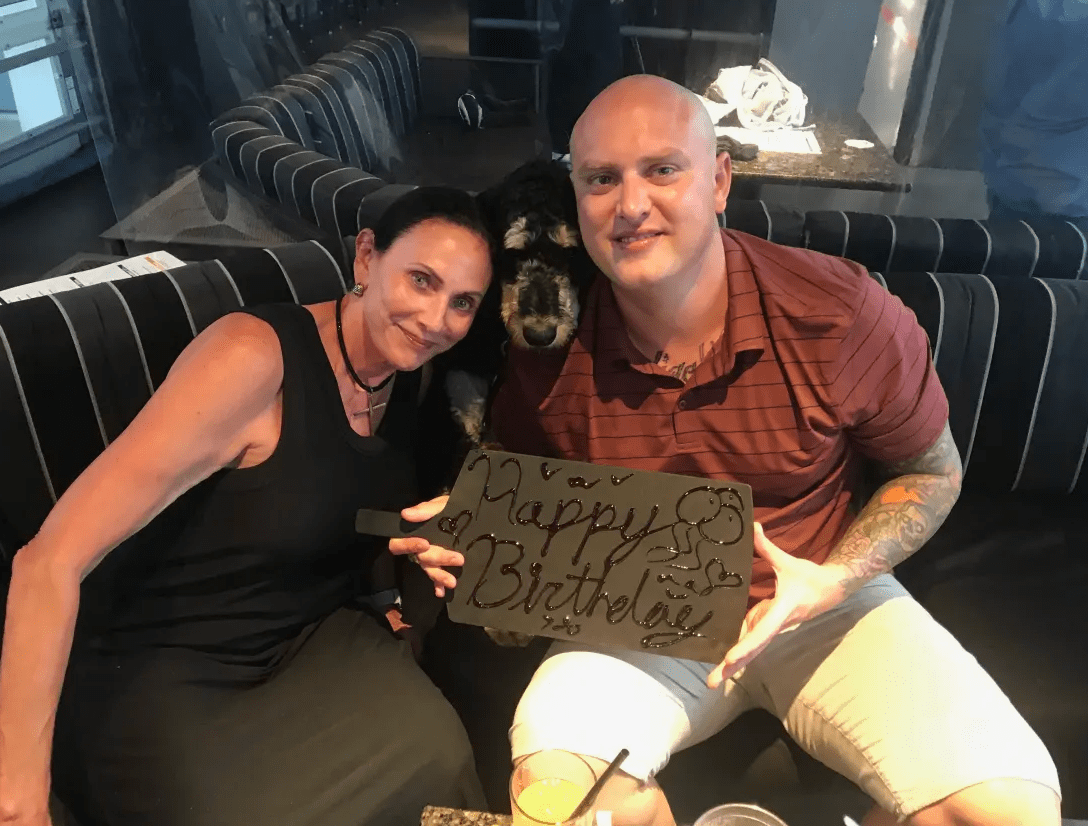
Tappen waited for about a year before being introduced to his service dog, Henry, a poodle. Tappen considers Henry his best friend and soul dog. He describes the experience of meeting Henry as taking the best medication he had ever taken, as it signaled a positive change in his life.
The mission of K9s For Warriors is to save lives both for the veterans they serve and for the shelter dogs they rescue. According to the VA, an average of 16 veterans per day die by suicide, which is considered an epidemic by the organization.
Carl Cricco, the president and CEO of K9s For Warriors, emphasizes that many veterans who put their lives on the line for their country often lack adequate support upon returning home. He notes that suicide rates among veterans are not declining fast enough and there is a pressing need for more effective interventions.
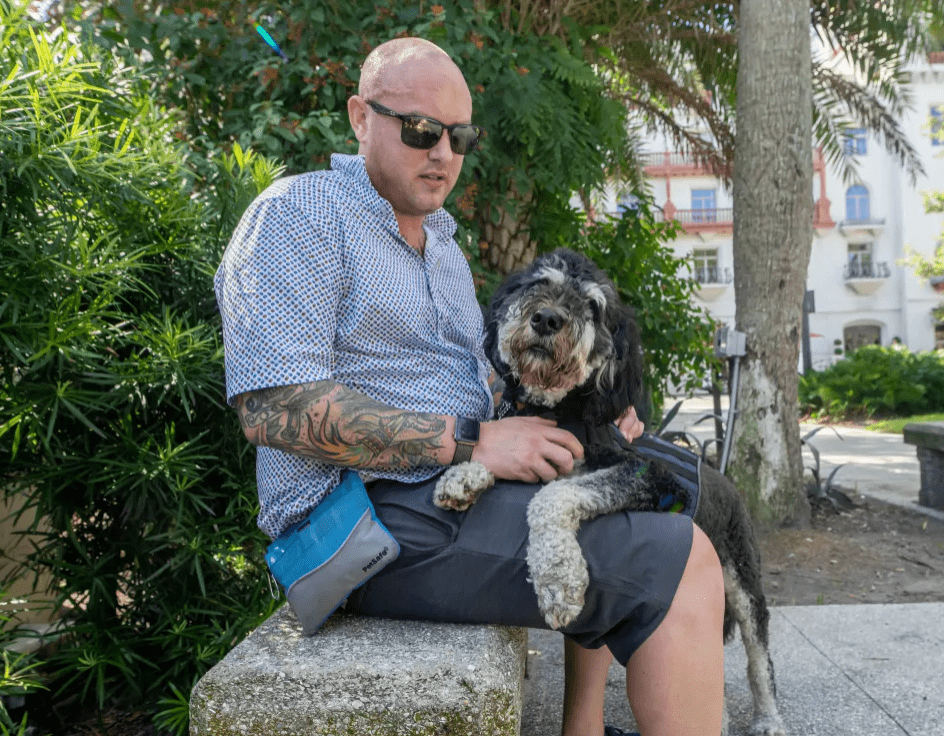
Cricco encourages veterans to reach out for help and emphasizes that the idea that one is “not broken enough” is a common misconception among military personnel. K9s For Warriors has rescued over 2,000 dogs from shelters and provided them with specialized training that costs approximately $30,000 per dog. The organization funds this training through donations.
